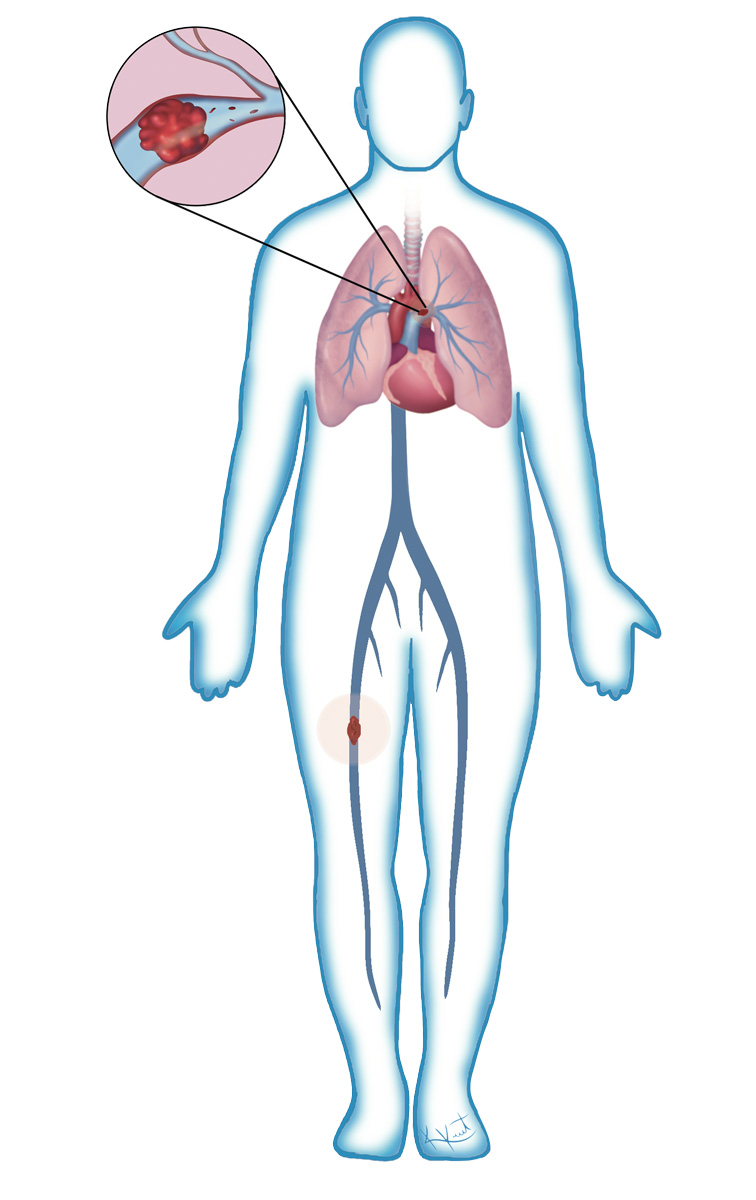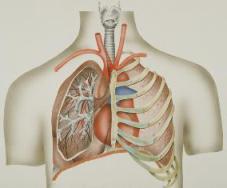Pulmonary embolism
Definition Pulmonary embolus PE refers to obstruction of the pulmonary artery or one of its branches by material eg thrombus tumor air or fat that originated elsewhere in. Pulmonary vascular occlusion occurs and impairs gas exchange and circulation.

Pulmonary Embolism Johns Hopkins Medicine
The score is simple to use and provides clear cutoffs for the predicted probability of pulmonary embolism.
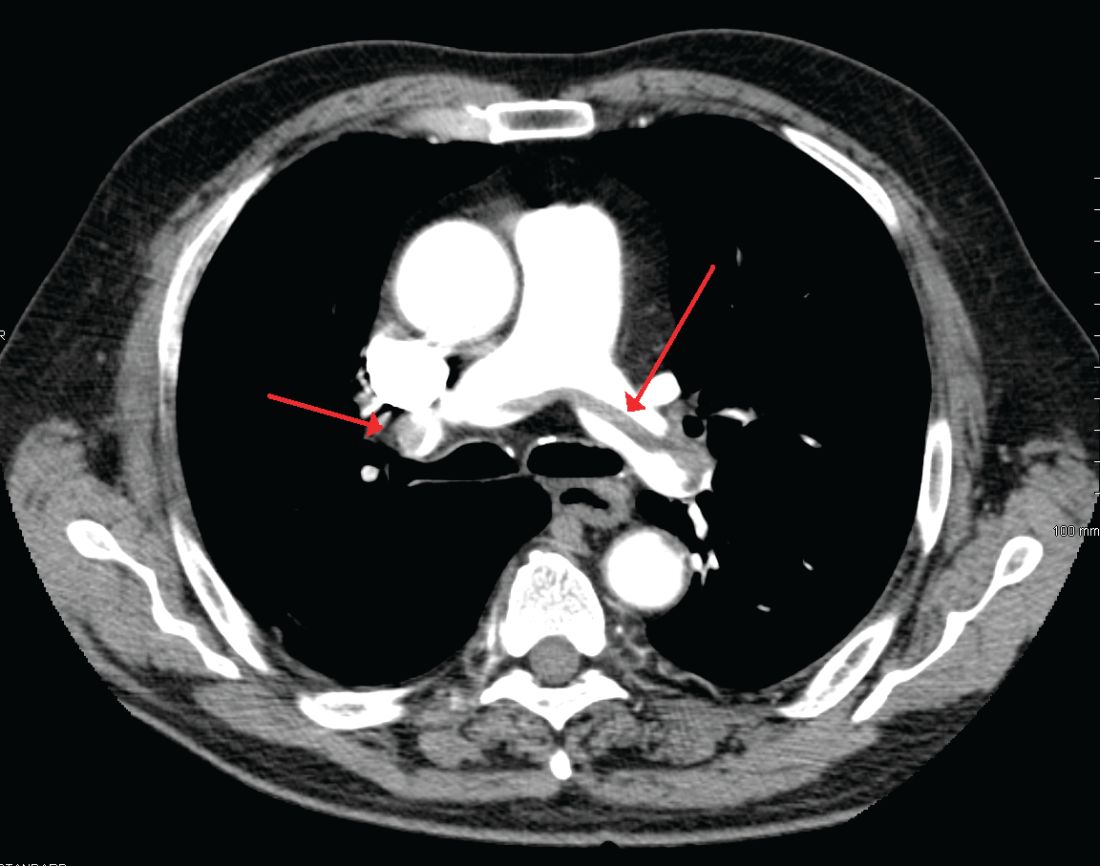
. A pulmonary embolism is a blockage in the pulmonary artery which supplies blood to the lungs. You feel pain in your chest or upper back you have difficulty. A pulmonary embolism PE is caused by a blood clot that gets stuck in an artery in your lungs.
Pulmonary embolism PE is a common and potentially deadly form of venous thromboembolic disease. Its serious and can be life-threatening. In the lungs the lower lobes are more frequently affected than the upper with bilateral lung involvement being.
It is the third most common cause of cardiovascular death and is. These embolisms affect an estimated 1 in 1000 people in the US. It can be life-threatening if not treated quickly.
But the good news is that if it. Pulmonary embolism is a blockage in one of the pulmonary arteries in your lungs. Deep vein thrombosis can increase a.
Pulmonary embolism PE is when one of the arteries in the lungs gets blocked by a blood clot. In most cases the clot travels from the leg or another part of the body called deep vein. See a GP if.
In most cases pulmonary embolism is caused by blood clots that travel to the lungs from deep veins in the legs or rarely from veins in other parts of the body deep vein thrombosis. Pulmonary angiogram This test provides a clear picture of the blood flow in the arteries of your lungs. A pulmonary embolism is a blocked blood vessel in your lungs.
Pulmonary embolism PE is a common and potentially life threatening condition that doctors categorize as acute subacute or chronic. That blockage can damage your lungs and hurt other organs if they dont get enough oxygen. Physicians have a low threshold to test for pulmonary embolism.
Pulmonary Embolism N Engl J Med. Because the clots block blood flow to the lungs pulmonar See more. The score aids in.
Pulmonary embolism is a common diagnosis and can be associated with recurrent venous thromboembolism bleeding due to anticoagulant therapy. Authors Susan R Kahn 1 Kerstin de. A pulmonary embolism PE is a blood clot in the lung that has dislodged from a vein and travels through the bloodsream.
Its the most accurate way to diagnose pulmonary embolism but.

Multidisciplinary Pulmonary Embolism Response Teams Circulation
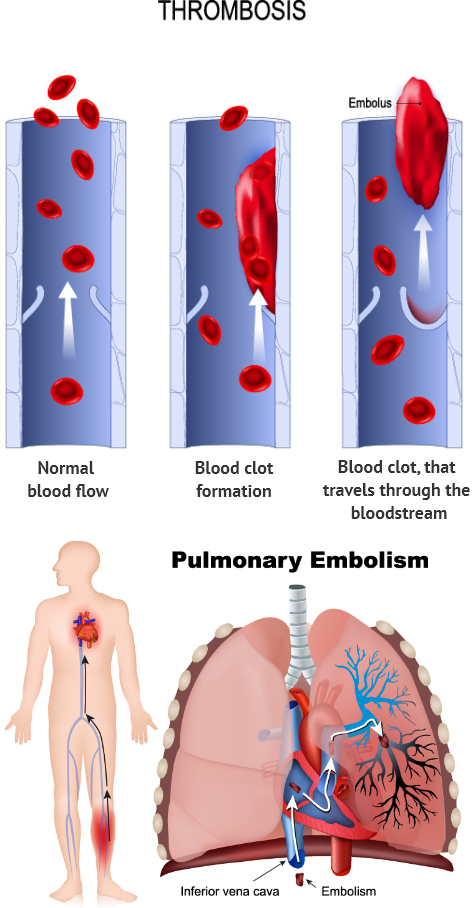
Deep Vein Thrombosis Pulmonary Embolism Elite Cardiovascular Group
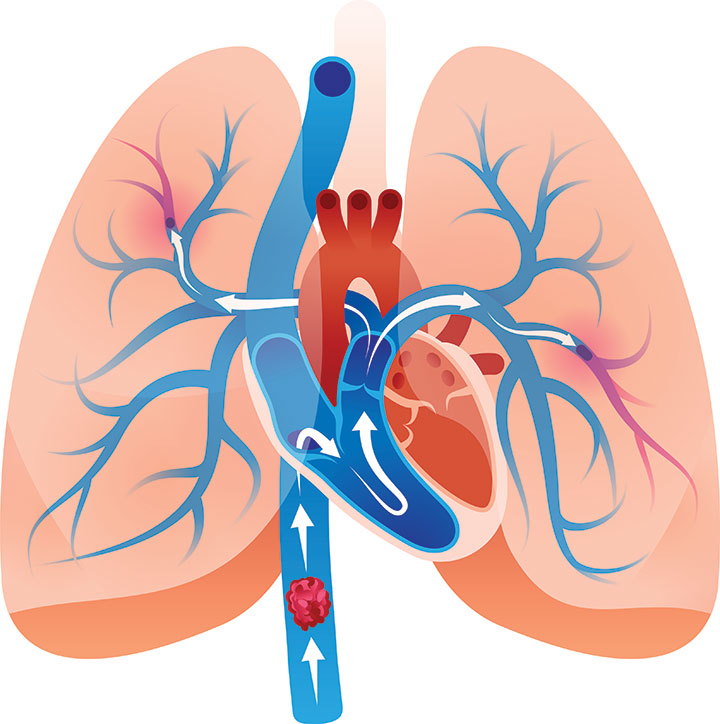
Pulmonary Embolism Surveillance Is Key American Nurse

Deep Venous Thrombosis And Pulmonary Embolism Current Therapy Aafp
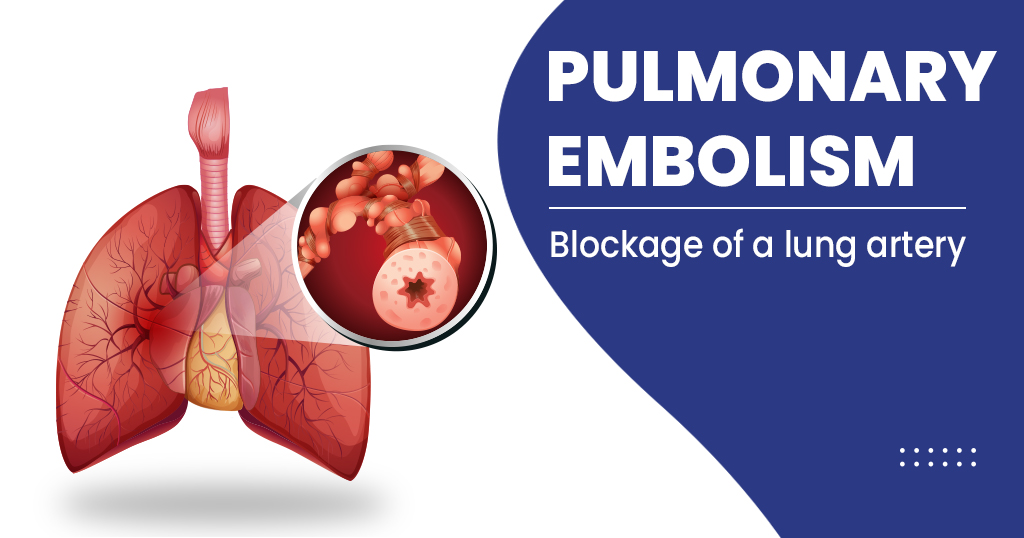
Pulmonary Embolism Causes Symptoms Risk Factors And More Star Health

Pulmonary Embolism Radiology Case Radiopaedia Org
/pulmonary_embolus_symptoms1-5ae1f414a474be00366ff6ae-a99bdb7a4e074568924d73da77ede765.png)
Coping With Pulmonary Embolism
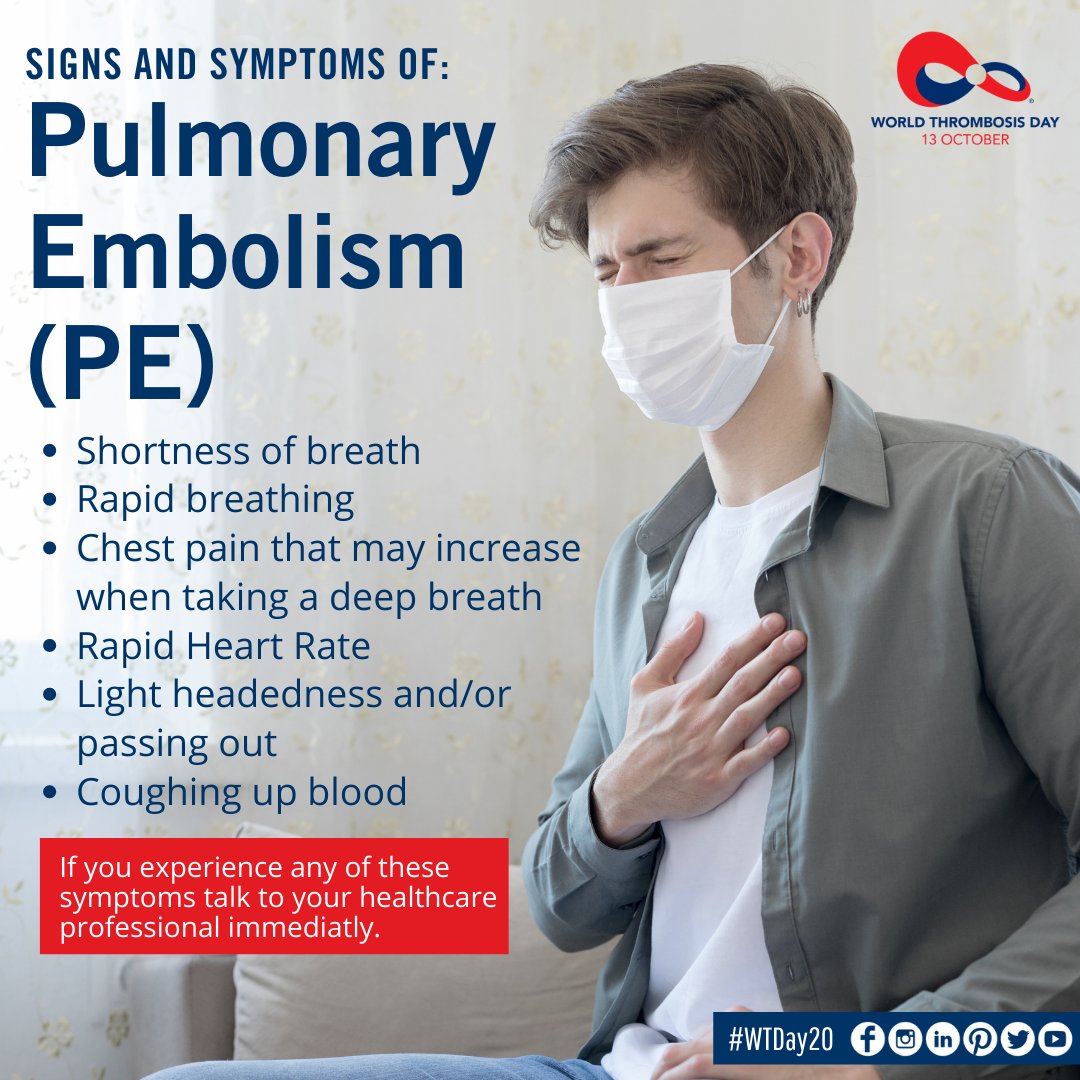
World Thrombosis Day On Twitter Pulmonary Embolism Pe Is A Sudden Blockage In A Lung Artery The Blockage Usually Is Caused By A Blood Clot That Travels To The Lung From A
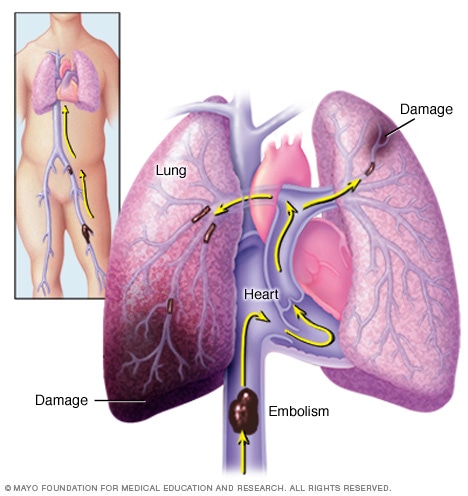
Pulmonary Embolism Symptoms And Causes Mayo Clinic

How To Manage Submassive Pulmonary Embolism The Hospitalist

Pulmonary Embolism Disease With Causes And Nursing Intervention
Pulmonary Embolism Aps Foundation Of America Inc
Pulmonary Embolism Baylor Scott White Health
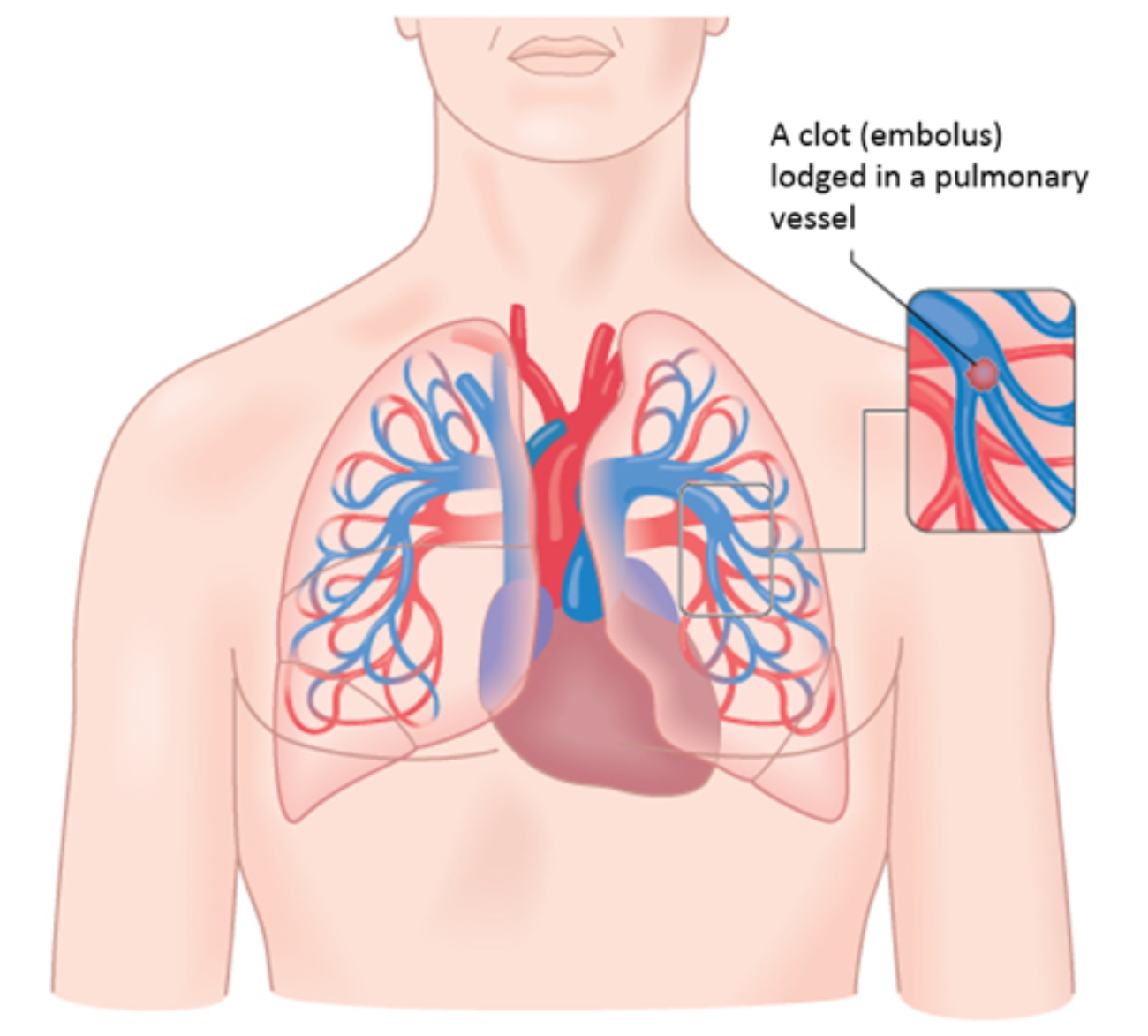
What Is Thrombosis Pulmonary Embolism

Pulmonary Embolism Part I Overview Youtube


